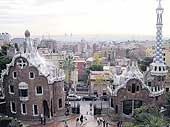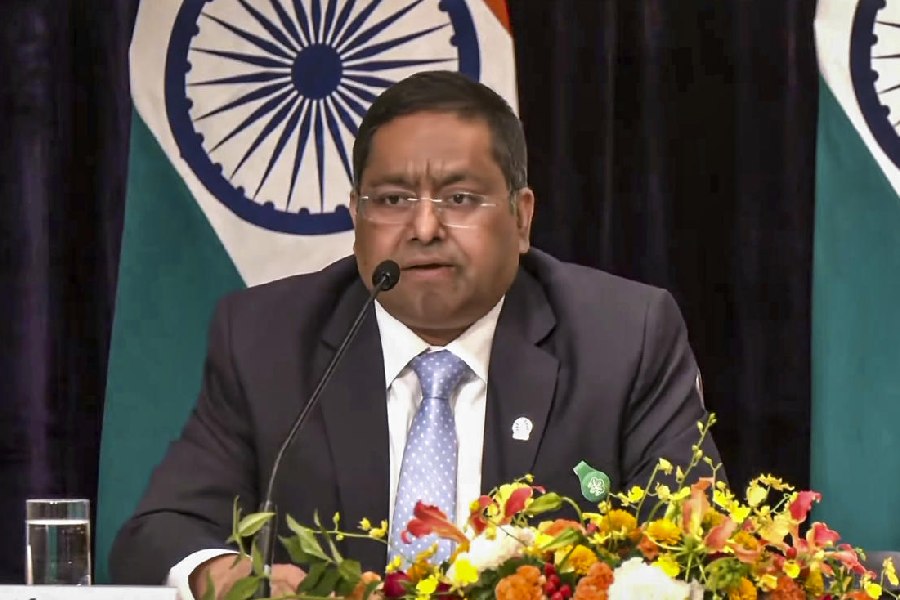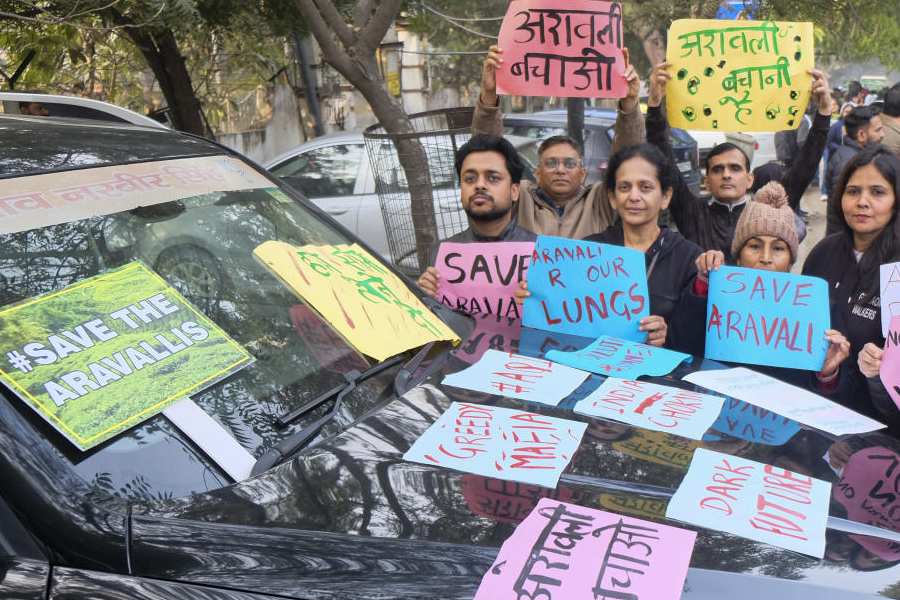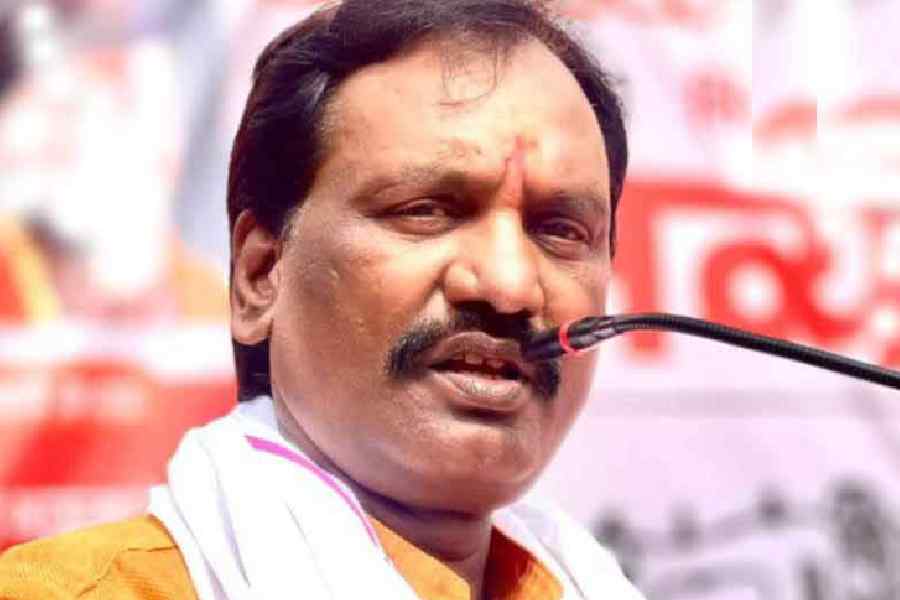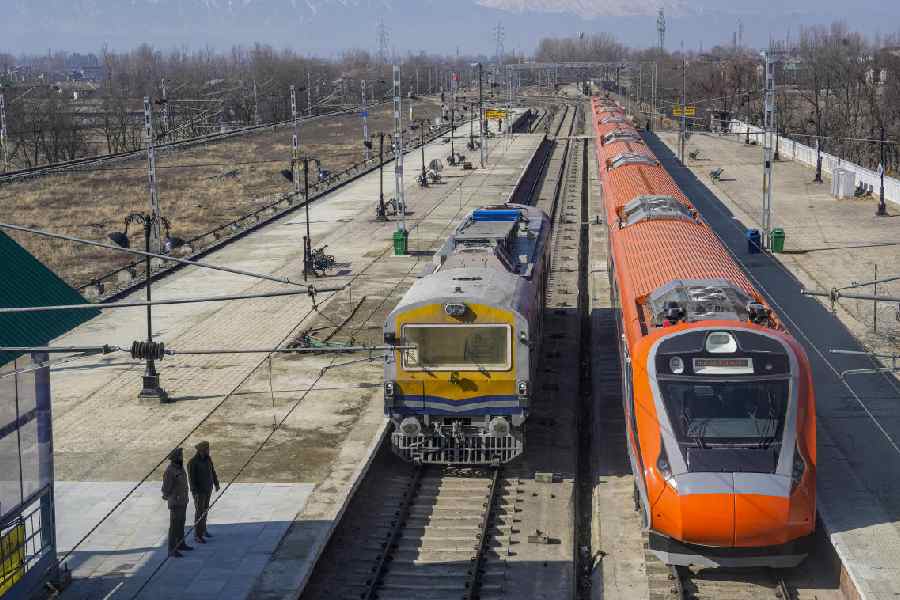 |
| Gingerbread gatehouses at Parc Guel |
 |
| Gaudi’s Passion of Christ at the La Sagrada Familia cathedral |
 |
| The marina |
 |
| Nou Camp stadium |
 |
| Palau Nacional |
I love Europe! Of all the parts of the world I have been to, it is the closest I come to feeling at home. Every time I step on its shores, heck, sometimes even when I just fly overhead, a sense of serenity seems to descend over me. But of all the beautiful cites in Europe, and there are some, Barcelona is where my heart is.
My trip to the city was only for a quick weekend getaway and far too short compared to the time I have spent elsewhere. And though 60 hours might not be enough to live Barcelona, 60 hours are definitely 59 more than you need to love it. Just the name conjures up images of Mediterranean beaches and sun-tanned skin, of great footballers at the storied football club, dancing the flamenco and of gallant matadors dressed in the livery of Picasso and Dali.
With expectations such as these, it would be impossible for any city to live up to its billing. But Barcelona did not disappoint — making my imagination its own and giving it much the shape and colour that Gaudi has given the city.
Actually that will be my everlasting image of Barcelona — Anton Gaudi! From the eccentricities of the Parc to the majesty of the Cathedral, it is difficult to miss his presence in the city. It is entirely possible to spend a day just looking at different buildings and landmarks that he has designed. And even if you are not an architecture buff, his eccentricity is a welcome relief from the jaded Renaissance- inspired design of many other European cities.
A drive up to Parc Guell offers fantastic views of uptown Barcelona. Originally destined to be a miniature city for the wealthy, it was subsequently abandoned and taken over by the city as a public park. Guell offers a wonderful glimpse into Gaudi’s genius, where the imagined blends seamlessly with the real — from stone columns designed like trees to gatehouses that could be out of a fairy tale, all guarded by a larger-than-life mosaic lizard fountain.
But to be truly inspired, I spend a few hours staring at the beautiful facades of the La Sagrada Familia (the cathedral which has now become the symbol of Barcelona) with its different faces designed to commemorate the different stages of Jesus’ life. Gaudi worked on this masterpiece for nearly 40 years and work still continues on the main Glory Facade and its belfries, 80 years after his death. A walk to the top of one of the towers is not for the fainthearted, and even though the construction cranes at work mar the view of the city, it is well worth the trip.s
The next day I take a bus ride to Montjuic, where The Museu Nacional d’Art de Catalunya, located inside the striking Palau Nacional, has a great collection of Catalan and Roman art. The Olympics Village and the Sports Arena situated nearby remind me how far India has to go to ever host a sporting event of this magnitude.
But for the football faithful, a visit to the Nou Camp, FC Barcelona’s revered house, is a must. And even though I am a fan of their arch rival, Real Madrid, I cannot help but marvel at the history and the beauty of the stadium, where the likes of Cruyff and Romario peddled their wares in the past and where Ronaldinho and Messi proudly wear that mantle today.
As dusk falls, I head out to the shopping district. The Avinguda Diagonal and Passeig de Gracia are lined with global designer showrooms and the price tags soon leave me giddier than my trip up the winding stairs of La Sagrada Familia.
I decide to rejuvenate my spirits by hitting the bars downtown, for a drop of absinthe. This is illegal in many countries for its purported hallucogenic effects and is best enjoyed when served with caramelised sugar.
Barcelona is definitely a city that never sleeps. Dinner is served late, with gluttony being a favoured sin. And why not, since some of Europe’s most celebrated chefs serve up seven course meals in the city’s restaurants.
The infinite pubs in every nook and corner serve drinks till 3am, if not longer. Then it’s time to hit a nightclub from where you can head straight to the beach for some sun, fun and relaxation. Of course, as in every city, before choosing a club it’s better to speak to the concierge or the locals.
Fortunately, Barcelona is strewn with ‘discoteas’ and there is something on offer for every musical taste. I spend the wee hours of morning at an underground trance club, doing what can only remotely be described as dancing.
The next morning being unusually chilly, a visit to the beach is definitely not on and neither is a bullfight scheduled that weekend. Disappointed, I decide to spend the day at the Sunday market, around La Cathedral. The downtown area stretches from Placa de Catalunya till the marina, along the main boulevard of La Rambla. The Cathedral itself is situated in the Gothic quarter of the city, with its many entrances intricately designed in stone and guarded by fearsome gargoyles.
This part of the city is also home to the city’s two best-known museums. Museu D’Historia De La Ciutat is unlike any other museum I have ever been to, combining a journey to Barcelona’s Gothic period with a subterranean walk into its Roman past. I also take the chance to visit the Picasso Museum. Although shorn of his most famous works, which hang in galleries in other parts of the world, this museum captures his prodigious talent through its formative years. And a couple of prints bought at the in-house store make for wonderful souvenirs.
Fully aware that I have to leave in a couple of hours, I sit down at one of the open-air cafés on La Rambla for my last look at the city. By the time my plate of tapas (Spanish equivalent of finger food) arrives, I am ready to lose my passport and join the throngs of illegal immigrants who arrive in Barcelona every year. But sanity soon prevails and I return to the hotel to pack my bags, only to promise myself that I will return and this time — just stay.
Photographs by the author

